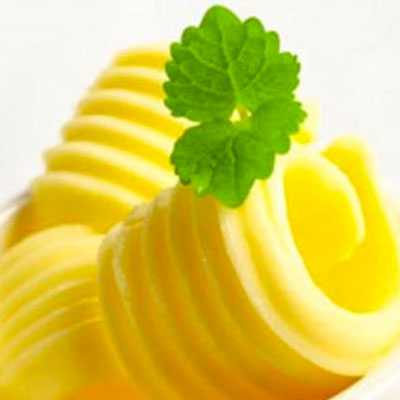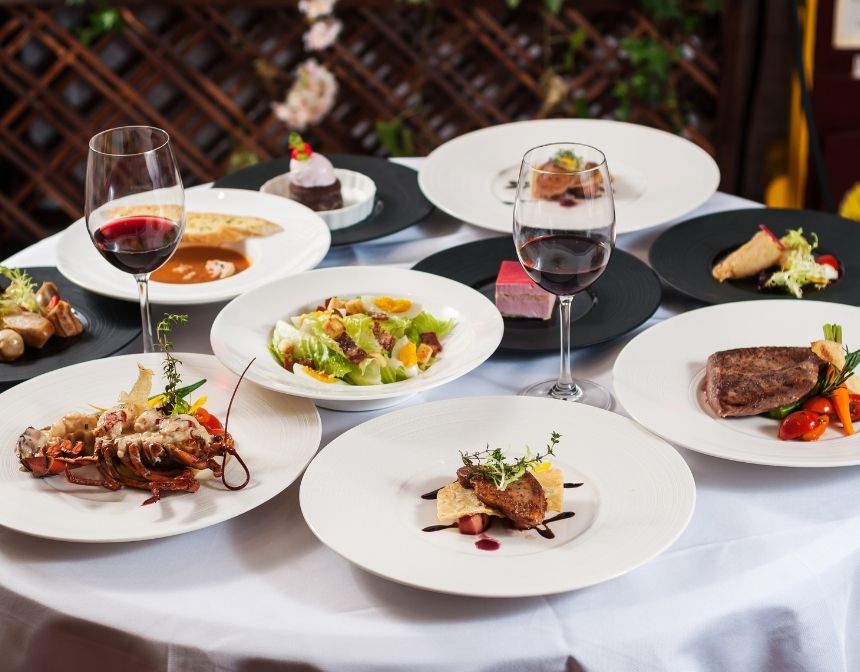Halloween Cookie Decorating
Halloween cookie decorating is a fun and creative way to celebrate the spooky season. With a variety of cookie shapes, icing colors, and decorative accents, you can create your own haunted masterpieces. Here's a basic guide to Halloween cookie decorating:
1. Cookie Bases
Start with a batch of your favorite sugar cookies. Use Halloween-themed cookie cutters like bats, ghosts, pumpkins, witches' hats, cats, spiders, and skulls. Once baked and cooled, they're ready for decorating!
2. Royal Icing
Royal icing is a popular choice for cookie decorating because it dries hard, which makes it easy to stack and store the cookies.
Ingredients:
- 4 cups powdered sugar
- 3 tablespoons meringue powder
- 5-6 tablespoons lukewarm water
- Food coloring
Directions:
- In a mixing bowl, combine the powdered sugar and meringue powder.
- Slowly add in the water and mix until smooth. The consistency should be thick, but pourable.
- If the mixture is too thick, add a bit more water. If it's too runny, add more powdered sugar.
- Divide the icing into smaller bowls and use food coloring to create Halloween colors like orange, black, purple, green, and white.
3. Decorating Techniques
Flooding: This technique involves creating a border with a thicker consistency of royal icing and then "flooding" or filling in the area with a thinner consistency of the same icing.
Wet-on-Wet: While the base layer of icing is still wet, add dots or lines of another color and then use a toothpick to swirl or drag the colors to create designs.
Sprinkles and Edible Accents: Add sprinkles, edible glitter, candy eyes, or other Halloween-themed decorations while the icing is still wet so they stick.
4. Halloween Design Ideas
Ghosts: Use white icing to flood the ghost-shaped cookie and add two black dots for eyes.
Pumpkins: Flood with orange icing and add facial features with black or green icing.
Bats: Use black icing for the bat's body and red or white for the eyes.
Witch's Hat: Decorate with purple or black icing and add a green or yellow buckle.
Spiders: Flood with black or brown icing and add candy eyes and legs using piped icing.
5. Drying and Storing
Let the decorated cookies dry for several hours or overnight to ensure the icing sets. Once dry, store them in an airtight container, separating layers with parchment paper.
Halloween cookie decorating is more than just a culinary activity—it's an art form! Whether you're hosting a party, preparing treats for trick-or-treaters, or simply getting into the Halloween spirit, decorating cookies is a festive way to celebrate. With a little imagination and the right tools, you can transform simple sugar cookies into spooky, delightful masterpieces.
What Are Halloween Sugar Cookies?
A Spooky Tradition Halloween sugar cookies are an integral part of the October festivities. These delicious treats have a long-standing tradition, rooted in the early celebrations of All Hallows' Eve. Historically, on this night, it was believed that the boundary between the worlds of the living and the dead became thin. Families would create meals and treats, including cookies, in honor of their deceased loved ones. Over time, as Halloween morphed into a more community-focused and child-friendly holiday, these customs evolved, leading to the delightful, fun, and sometimes spooky cookies we know and love today.
Decorating Fun with Halloween Cookies
One of the significant attractions of making Halloween cookies is the creative freedom it offers. Halloween cookie decorating has become an activity anticipated by both children and adults alike. With a mix of vibrant colors, edible decorations, and imaginative themes, one can bring to life witches, ghosts, goblins, and more. The decorating sessions can be as simple or intricate as you want them to be. Using store-bought icing, handmade fondant shapes, sprinkles, or even candy pieces, the possibilities are endless. This exciting hands-on process often ends up being a memorable experience, as families and friends gather around, sharing halloween cookie ideas and fostering a sense of community and shared joy.
Easy Halloween Cookies
A Go-To For Many Given the busy lives many of us lead, finding an easy Halloween cookies recipe is gold. Not every parent or guardian has the time to prepare intricate pastries from scratch. Thus, quick recipes like the one provided, with a blend of simplicity and flavor, are often a favorite among many. Furthermore, using pre-made dough from the store or simple cookie cutters can speed up the process without compromising the festive spirit. No matter how they're made, the most important thing is the fun and love poured into them.
How To Make Chewy Vs Crunchy Cookies?
The texture of your cookies, whether chewy or crunchy, is influenced by the ingredients you use and your baking methods. Here's a guide on how to achieve both textures:
Chewy Cookies:
- Brown Sugar: Using brown sugar rather than white sugar adds moisture due to the molasses content, leading to a chewier texture.
- Higher Egg Yolk: The fat in egg yolks adds moisture to the dough. For chewier cookies, consider using an extra egg yolk.
- Melted Butter: Using melted butter instead of softened or room temperature butter can result in a denser, chewier texture.
- Shorter Baking Time: Underbaking the cookies slightly will give them a softer, chewier center. Remember, they will continue to cook slightly after being removed from the oven due to residual heat.
- Baking Soda: This leavening agent promotes rising and spread, giving cookies a softer texture.
- Higher Moisture Ingredients: Using ingredients that retain moisture, like shredded coconut or oats, can also contribute to a chewy texture.
Crunchy Cookies:
- White Sugar: Using granulated white sugar will make cookies crispier.
- Room Temperature Butter: Creaming room temperature butter with sugar aerates the dough, leading to a crisper cookie texture once baked.
- Lower Moisture: Reducing the overall moisture content in your dough will result in crunchier cookies. This can be achieved by using ingredients like chopped nuts or using fewer eggs.
- Longer Baking Time: Baking the cookies until they are golden brown all over will evaporate more moisture, making them crunchy.
- Baking Powder: This leavening agent gives cookies a more open crumb, making them crunchier.
- Thin Dough: Spreading the cookie dough thinner on the baking sheet will result in crispier cookies, as they can bake more quickly and evenly.
Tips:
- Dough Refrigeration: Chilling the dough for at least 24 hours can improve the texture and flavor of both chewy and crunchy cookies. However, for crunchy cookies, you might want to flatten the dough balls slightly before baking to ensure they spread well.
- Oven Calibration: Ensure your oven temperature is accurate. An oven that runs hot can bake cookies faster than expected, which can affect their texture. Consider using an oven thermometer to check.
By understanding how these elements work, you can manipulate your favorite cookie recipe to get the exact texture you crave!
What Is The Secret To Making Cookies?
The secret to making perfect cookies involves a combination of techniques, ingredient selection, and attention to detail. Here are some key tips and secrets for baking exceptional cookies:
Quality Ingredients: Start with fresh, high-quality ingredients. This means real butter (as opposed to margarine), pure vanilla extract, and fresh eggs. The better the quality of your ingredients, the better your cookies will taste.
Room Temperature Ingredients: Butter and eggs should be at room temperature for most cookie recipes. This ensures even mixing and helps in achieving the desired cookie texture.
Measure Accurately: Baking is a science. Use precise measurements, preferably with a scale. A little extra flour or sugar can change the entire texture and taste of a cookie.
Avoid Overmixing: Once you add the flour to the mix, beat the dough as little as possible. Overmixing can lead to cookies that are tough or hard.
Chill the Dough: Chilling the dough, especially for recipes like chocolate chip or sugar cookies, can improve flavor and prevent cookies from spreading too much. It also makes the dough easier to handle.
Consistent Size: Use a cookie scoop or measure the dough with a tablespoon to ensure all cookies are the same size. This ensures even baking.
Monitor Your Oven's Temperature: Not all ovens heat accurately. Consider investing in an oven thermometer to ensure your oven is at the correct temperature.
Positioning in the Oven: Unless your recipe states otherwise, position your oven rack in the middle. Also, rotate your baking sheet halfway through the baking process to ensure even baking.
Cooling: Allow cookies to cool on the baking sheet for a few minutes before transferring them to a cooling rack. This allows them to set.
Know Your Preferences: Some people love chewy cookies, while others prefer them crispy. Understand the factors that contribute to each (e.g., baking time, sugar type, fat content) and adjust recipes accordingly.
Storage: Keep cookies fresh by storing them in an airtight container. If you're stacking cookies, consider placing a sheet of parchment paper between layers to prevent sticking.
Experiment and Learn: Even if a batch doesn't turn out perfect, try to understand why. Maybe they needed a couple more minutes in the oven, or perhaps you added too much of one ingredient. Baking is a learning experience!
For more, check out our ‘Tips for Baking Perfect Cookies’ article.
Remember, the ultimate secret to making cookies is to bake with love and enjoy the process. Sharing them with loved ones makes them taste even better!
What Are Christmas Cookies Made Of?
Christmas cookies can be made from a variety of ingredients, and the specific recipe often depends on the cultural background, family traditions, and personal preferences. However, many traditional Christmas cookies share some common ingredients. Here's a basic overview:
Basic Ingredients:
- Flour: This is typically the primary dry ingredient. It provides the structure for the cookies.
- Sugar: White granulated sugar, brown sugar, or powdered sugar are common sweeteners in Christmas cookies.
- Butter or Margarine: This adds flavor and helps in achieving the desired texture. Some recipes might use shortening or oil as well.
- Eggs: They act as a binding agent and contribute to the texture.
- Baking Powder or Baking Soda: These are leavening agents that help the cookies rise.
- Salt: Enhances the flavor.
- Vanilla Extract: Adds flavor. Some recipes might also use almond extract or other flavorings.
Variations and Add-ins:
Spices: Nutmeg, cinnamon, cloves, and ginger are popular in Christmas cookies, especially in recipes like gingerbread and snickerdoodles.
Cocoa Powder: For making chocolate cookies.
Nuts: Such as walnuts, pecans, or almonds.
Dried Fruits: Raisins, currants, candied fruits, etc., are often found in holiday cookies.
Chocolate Chips or Chunks: A beloved addition to many cookie recipes.
Sprinkles, Glitter, and Decorations: These are often added on top for festive flair.
Popular Types of Christmas Cookies and Their Key Ingredients:
- Gingerbread Cookies: Made with molasses and spices like ginger, cloves, and cinnamon.
- Sugar Cookies: Often cut into festive shapes and decorated with icing and sprinkles.
- Shortbread: Made with butter, sugar, and flour, and sometimes garnished with chocolate.
- Thumbprint Cookies: Often filled with jam or icing in the center.
- Snowball Cookies: These are round, nut-filled cookies dusted with powdered sugar.
While the above gives an idea of the common ingredients and types of Christmas cookies, it's worth noting that there are countless varieties worldwide, each bringing its unique flavor, texture, and tradition to the holiday table.










































